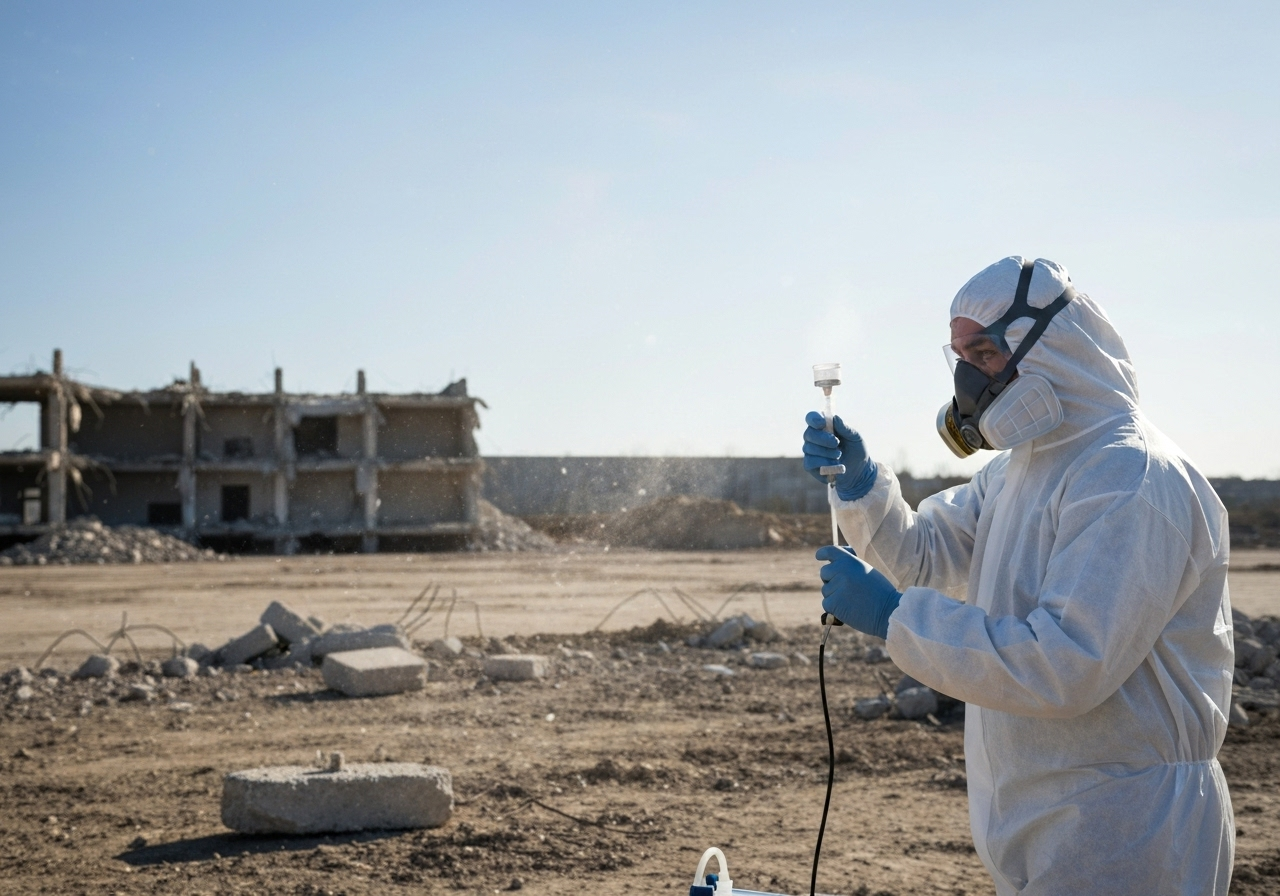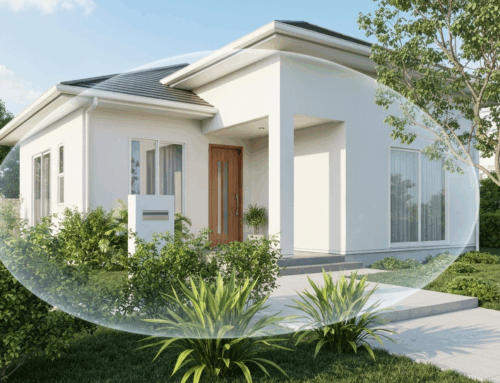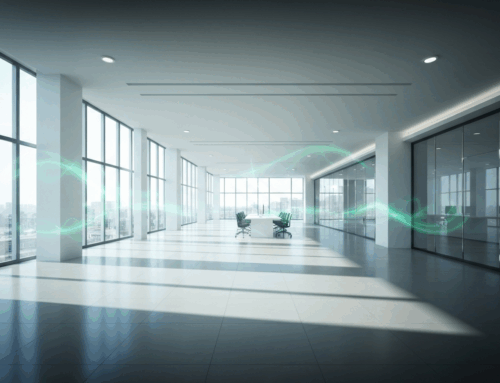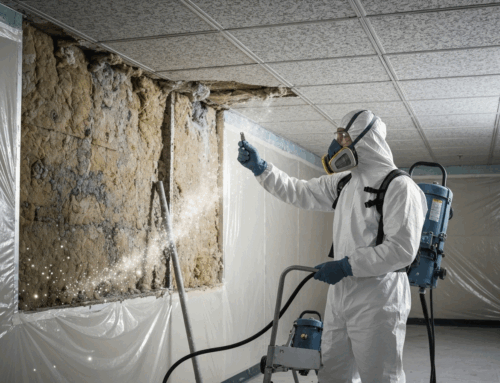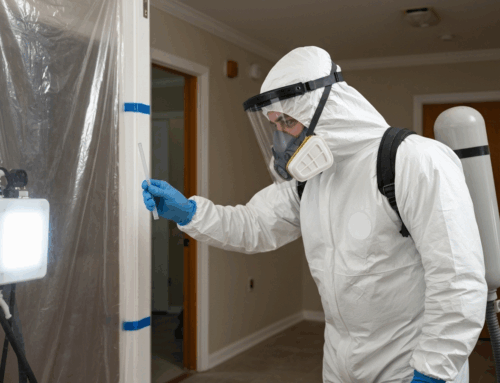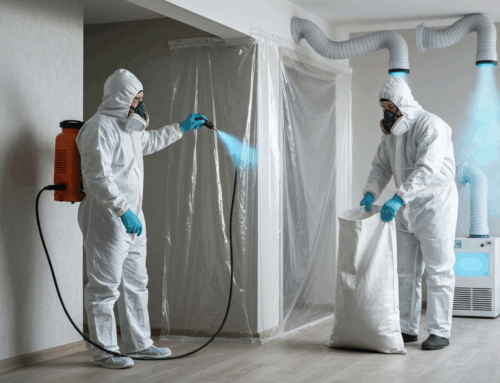Beyond the Rubble: Why Demolition Demands a Closer Look at Air Quality
Demolition projects, whether for a residential home or a large commercial property in South Carolina, mark a new beginning. Yet, beneath the dust and debris of a demolished structure, unseen dangers can linger, significantly impacting indoor air quality. Ensuring a truly safe and healthy environment after a teardown requires more than just clearing the site; it necessitates thorough post-demolition air quality testing South Carolina properties.
While strict regulations govern what happens before and during demolition, such as comprehensive asbestos inspections and removal, a critical step often overlooked is verifying the air quality once the structure is gone. This post-demolition assessment is vital to protect future occupants and ensure full compliance, addressing potential airborne hazards that could otherwise go unnoticed.
Hidden Hazards: Understanding the Risks After Property Demolition
Demolition is inherently disruptive, releasing a myriad of particles and substances into the surrounding environment. Even with careful planning and adherence to regulations, some hazardous materials can become airborne during the process. These aren’t always visible, but their presence can pose serious long-term health risks.
Common Post-Demolition Air Pollutants:
- Asbestos: Found in many older buildings, asbestos fibers, if disturbed during demolition, can become friable and easily inhaled. Exposure can lead to severe respiratory diseases. South Carolina regulations, specifically Regulation 61-86.1, require asbestos inspections prior to demolition, but residual fibers can still be a concern.
- Lead: Older paints and building materials often contain lead. Demolishing these structures can release lead dust, which is particularly harmful to children and can cause neurological damage.
- Mold Spores: Pre-existing mold growth, especially in areas with water damage, can be widely dispersed during demolition. Mold spores can trigger allergies, asthma attacks, and other respiratory issues.
- Particulate Matter (Dust): Fine dust from drywall, wood, concrete, and other construction materials can remain suspended in the air. These microscopic particles can irritate the respiratory system and carry other hazardous contaminants.
- Volatile Organic Compounds (VOCs) & Combustion Products: Gases and vapors from machinery, certain adhesives, or even decaying materials can contribute to poor indoor air quality in newly constructed or adjacent occupied spaces, including carbon monoxide and nitrogen oxides as noted by Mass.gov on construction and renovation pollutants.
These hidden dangers underscore why reliance solely on pre-demolition inspections isn’t enough. As illustrated by a case study on health hazards to demolition workers, inadequate dust control and lack of proper personal protective equipment (PPE) can lead to significant worker exposure to lead and asbestos, highlighting the persistent nature of these airborne contaminants.
The Crucial Step: Understanding Post-Demolition Air Quality Testing South Carolina
While the South Carolina Department of Environmental Services (SCDES Regulation 61-86.1.XVI) outlines requirements for asbestos inspections and notifications before demolition begins—even for properties without asbestos—it states that air monitoring is not generally required during demolition unless specific extenuating circumstances arise or the Department mandates it. However, a diligent approach to environmental safety extends beyond basic compliance.
This is where post-demolition air quality testing South Carolina comes into play. It’s the critical verification step that ensures the site is truly clean and safe for future use or new construction. Without this testing, property owners and developers risk exposure to lingering contaminants, potential health issues for workers and new occupants, and unforeseen legal and financial repercussions, as highlighted by discussions around the unseen dangers of demolition.
What Does Professional Post-Demolition Air Quality Testing Involve?
Professional air quality testing after demolition goes beyond a visual inspection. It employs scientific methods to detect and quantify airborne contaminants that may be invisible to the naked eye. Key components typically include:
- Pre- and Post-Occupancy Sampling: As outlined by Precision Environmental Services, sampling is conducted to establish a baseline and then to verify conditions after demolition and any subsequent cleanup or construction.
- Targeted Sampling for Specific Contaminants: Depending on the building’s history and demolished materials, tests will specifically look for:
- Asbestos fibers: Collected via air samples and analyzed using specialized microscopy to count and identify fibers.
- Lead dust: Air and surface samples analyzed to determine lead concentrations.
- Mold spores: Air samples and surface swabs collected to identify and quantify mold types and concentrations, confirming a successful remediation when applicable. Environmental Safety Technologies emphasizes the importance of independent post-remediation fungal air and surface samples.
- General particulate matter: Measures the overall concentration of airborne dust, a significant concern in demolition as discussed by HSEBlog.
- VOCs and other chemical pollutants: Can be detected through specialized air sampling techniques.
- Laboratory Analysis: Samples are sent to accredited laboratories for precise analysis, providing definitive data on air quality.
- Detailed Reporting: A comprehensive report is provided, outlining findings, comparing them against established safety standards (like OSHA’s Permissible Exposure Limits or EPA guidelines), and offering recommendations for any necessary further action.
This systematic approach provides an authoritative assessment, offering peace of mind that the site is truly safe and ready for its next phase.
Peace of Mind and Compliance: The Benefits of Post-Demolition Air Quality Assurance for SC Properties
Investing in thorough post-demolition air quality testing South Carolina offers multifaceted benefits for homeowners, property managers, and contractors alike:
- Health and Safety Protection: The primary benefit is safeguarding the health of individuals who will occupy or work on the site. Identifying and mitigating pollutants prevents respiratory issues, allergic reactions, and long-term health complications associated with exposure to hazardous materials. Even simple home demolition can stir up significant hazards like drywall dust, wood particulates, and insulation fibers, making personal protection like N95 respirators crucial, as highlighted by Envomask.
- Regulatory Compliance: While direct post-demolition air monitoring isn’t always explicitly mandated by SCDES, comprehensive testing ensures that all federal and state environmental regulations are met, minimizing the risk of fines, legal disputes, and project delays. For instance, asbestos waste disposal regulations are enforced by SCDES, and ensuring no residual asbestos contamination is a key part of compliance.
- Property Value Preservation: For properties destined for resale or new construction, a clean bill of health regarding air quality can be a significant selling point, reassuring buyers or tenants of a safe environment.
- Reduced Liability: Proactive testing demonstrates due diligence, significantly reducing potential liability from future health claims related to environmental exposure on the site.
- Enhanced Reputation: For contractors and property developers, consistently ensuring superior air quality standards builds a reputation for trustworthiness, safety, and environmental responsibility.
Partnering for Safety: Choosing an Expert for Your South Carolina Air Quality Needs
When considering post-demolition air quality testing South Carolina, selecting a qualified and experienced environmental professional is paramount. Look for companies with:
- Relevant Certifications: Ensure inspectors and testers hold appropriate certifications (e.g., AHERA-accredited for asbestos, Council-certified Indoor Environmental Professionals for mold).
- Extensive Experience: A proven track record in complex demolition and remediation projects in South Carolina.
- State-of-the-Art Equipment: Access to advanced sampling and analysis tools for accurate results.
- Comprehensive Reporting: Clear, actionable reports that are easy to understand and meet regulatory standards.
- Objectivity and Independence: Especially for clearance testing after remediation, it is crucial that the testing firm is independent of the demolition or remediation contractor to avoid conflicts of interest.
By prioritizing comprehensive post-demolition air quality testing, property owners and contractors in South Carolina can ensure that their projects not only comply with regulations but also genuinely contribute to healthier indoor environments, protecting occupants and investments for years to come.
Visit our Contact Us page.

